A study suggests that the spinosaurs’ brains weren’t specialized for their semi-aquatic lifestyles.
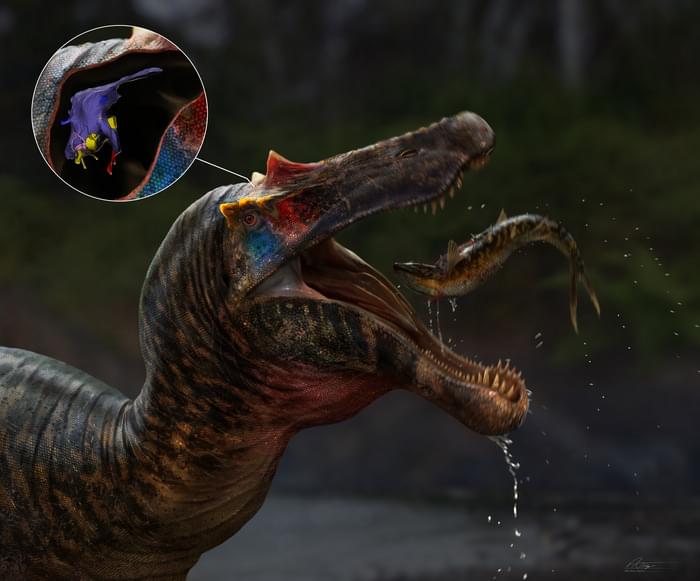

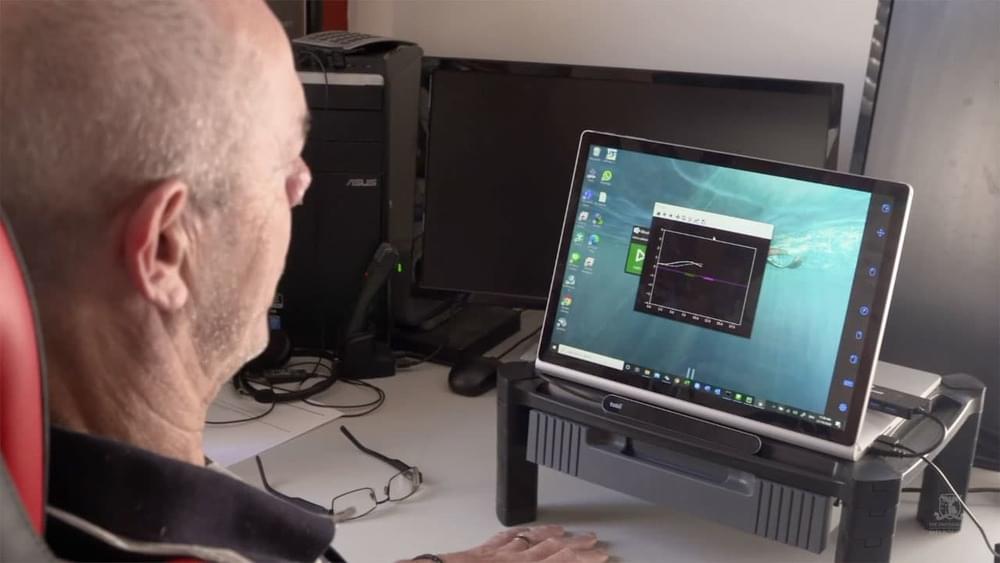
Synchron’s BCI is inserted through the blood vessels, which Oxley calls the “natural highways” into the brain. Synchron’s stent, called the Stentrode, is fitted with tiny sensors and is delivered to the large vein that sits next to the motor cortex. The Stentrode is connected to an antenna that sits under the skin in the chest and collects raw brain data that it sends out of the body to external devices.
Peter Yoo, senior director of neuroscience at Synchron, said since the device is not inserted directly into the brain tissue, the quality of the brain signal isn’t perfect. But the brain doesn’t like being touched by foreign objects, Yoo said, and the less invasive nature of the procedure makes it more accessible.
“There’s roughly about 2,000 interventionalists who can perform these procedures,” Yoo told CNBC. “It’s a little bit more scalable, compared to, say, open-brain surgery or burr holes, which only neurosurgeons can perform.”
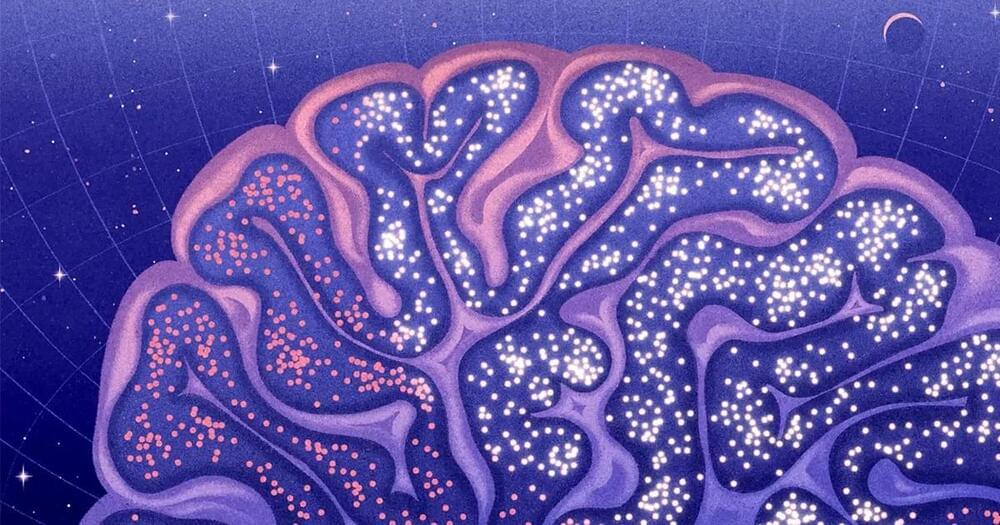
Early critiques pointed out that proving a network was near the critical point required improved statistical tests. The field responded constructively, and this type of objection is rarely heard these days. More recently, some work has shown that what was previously considered a signature of criticality might also be the result of random processes. Researchers are still investigating that possibility, but many of them have already proposed new criteria for distinguishing between the apparent criticality of random noise and the true criticality of collective interactions among neurons.
Meanwhile, over the past 20 years, research in this area has steadily become more visible. The breadth of methods being used to assess it has also grown. The biggest questions now focus on how operating near the critical point affects cognition, and how external inputs can drive a network to move around the critical point. Ideas about criticality have also begun to spread beyond neuroscience. Citing some of the original papers on criticality in living neural networks, engineers have shown that self-organized networks of atomic switches can be made to operate near the critical point so that they compute many functions optimally. The deep learning community has also begun to study whether operating near the critical point improves artificial neural networks.
The critical brain hypothesis may yet prove to be wrong, or incomplete, although current evidence does support it. Either way, the understanding it provides is generating an avalanche of questions and answers that tell us much more about the brain — and computing generally — than we knew before.

A research team from LKS Faculty of Medicine, the University of Hong Kong (HKUMed) has developed thyroid hormone (TH)–encapsulated nanoparticles modified with an adipose-homing peptide, which selectively transports TH to adipose tissues. This will advance the treatment of obesity-related medical complications with TH by overcoming the severe adverse effects caused by systemic administration. The new findings are now published in Nature Communications.
Obesity is a major risk factor for multiple life-threatening chronic diseases such as diabetes and cardiovascular and neurodegenerative disorders. TH is an ancient hormone with therapeutic potential for obesity and its related medical complications by promoting energy expenditure. However, despite enormous research efforts in the past decades, clinical trials have failed to demonstrate obvious clinical benefits of chronic systemic administration of TH on weight loss in obese individuals.
Furthermore, due to widespread expression of TH receptors, systemic administration of TH often leads to serious deleterious effects on multiple organs, including tachycardia, heart attack, muscle wasting, and osteoporosis. Skeletal muscle and adipose tissues are thought to be the two major target organs where TH exerts its stimulatory actions on metabolic rate and energy expenditure. However, whether selective delivery of TH to adipose tissues is sufficient to induce weight loss remains unclear.
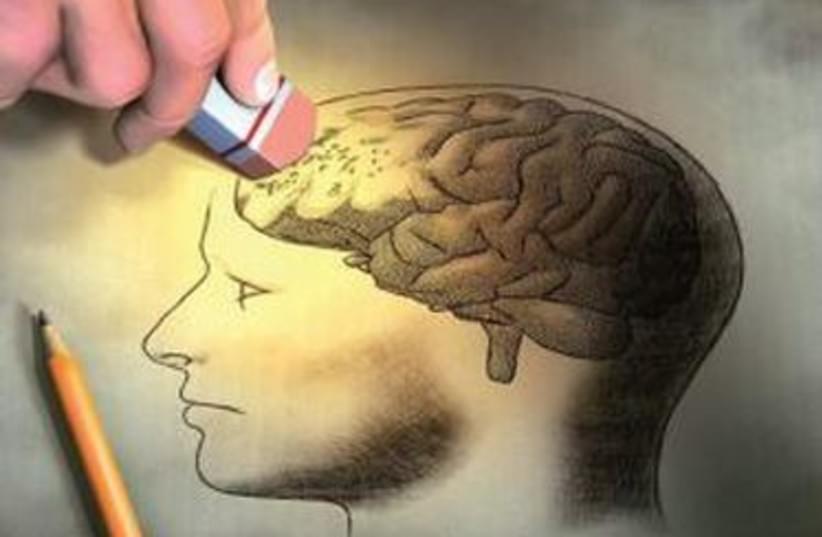

Up to now, the use of models to research the barrier that separates the circulatory from the nervous system has proven to be either limited or extremely complicated. Researchers at ETH Zurich have developed a more realistic model that can also be used to better explore new treatments for brain tumors.
Mario Modena is a postdoc working in the Bio Engineering Laboratory at ETH Zurich. If he were to explain his research on the blood-brain barrier —the wall that protects our central nervous system from harmful substances in the blood stream —to an 11-year-old, he would say, “This wall is important, because it stops the bad guys from getting into the brain.” If the brain is damaged or sick, he says, holes can appear in the wall. Sometimes, such holes can actually be useful, for example, for supplying the brain with urgently needed medicine. “So what we are trying to understand is how to maintain this wall, break through it and repair it again.”
This wall is also important from a medical perspective, because many diseases of the central nervous system are linked to an injury to the blood-brain barrier. To discover how this barrier works, scientists often conduct experiments on live animals. In addition to such experiments being relatively expensive, animal cells may provide only part of the picture of what is going on in a human body. Moreover, there are some critics, who question the basic validity of animal testing. An alternative is to base experiments on human cells that have been cultivated in the laboratory.
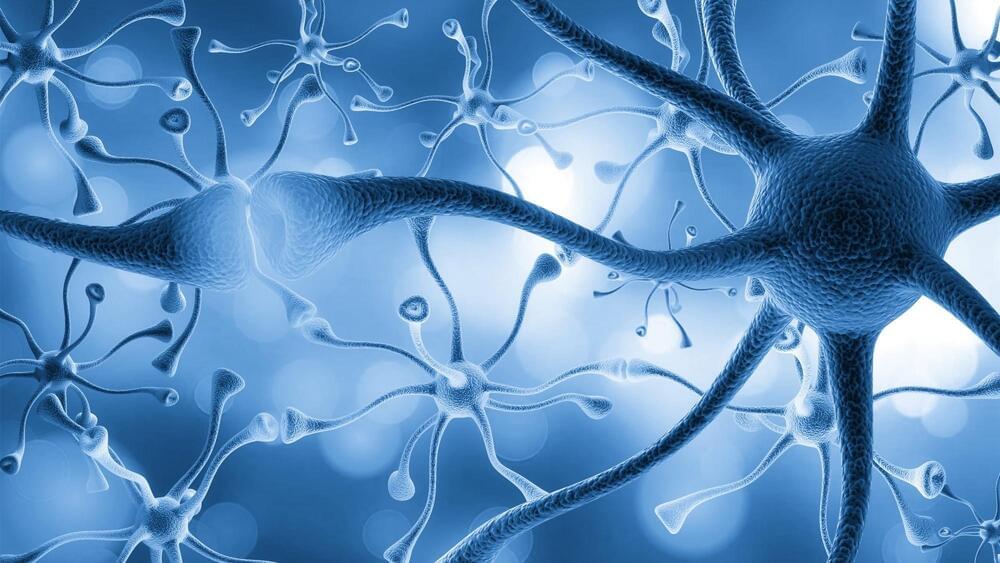
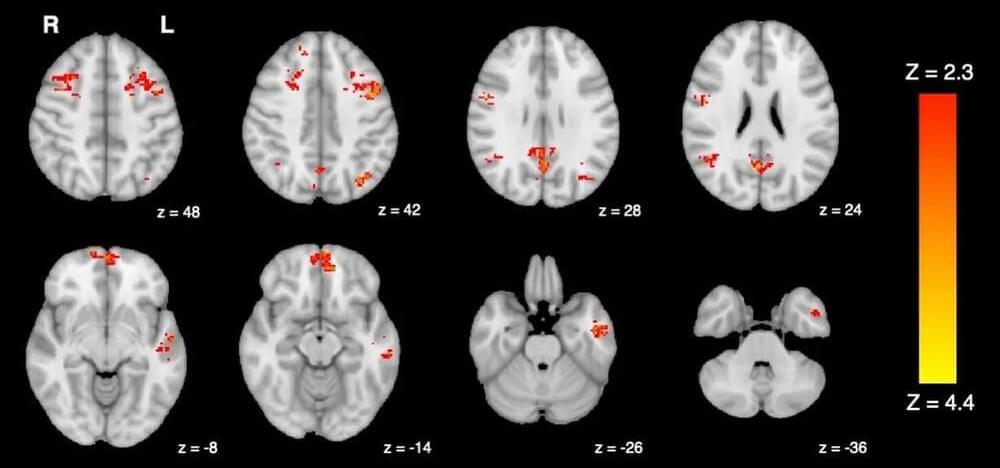
The study conducted by researchers at the University of British Columbia and the University of Victoria reveals that exposure to common levels of traffic pollution can impair brain function within hours.
The peer-reviewed study published in Environmental Health found that only two hours of exposure to diesel exhaust leads to a decrease in brain functional connectivity, which is a measure of how different areas of the brain interact and communicate with each other. This study is the first controlled experiment to provide evidence of air pollution altering brain connectivity in humans.
“For many decades, scientists thought the brain may be protected from the harmful effects of air pollution,” said senior study author Dr. Chris Carlsten, professor and head of respiratory medicine and the Canada Research Chair in occupational and environmental lung disease at UBC. “This study, which is the first of its kind in the world, provides fresh evidence supporting a connection between air pollution and cognition.”
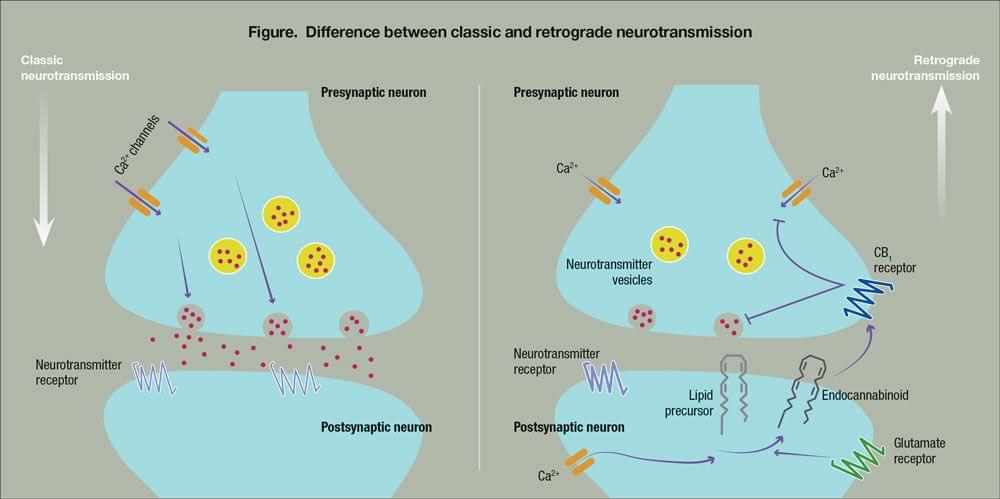
😗 year 2017.
Psychiatrists and other behavioral health professionals need to better understand the relationship between cannabis and mental disorders so that they can respond to increasing medical and recreational marijuana use among their patients. More than half of states now allow for medical use, and 8 states and the District of Columbia have legalized adult personal or recreational use.
Knowledge about herbal cannabis, the endocannabinoid system, and cannabinoid pharmacology is rapidly expanding. However, compared with the literature on non-medical cannabis use, the scientific literature on therapeutic use of cannabis is underdeveloped, as noted in a recent systematic review of medical cannabis and mental health.1 Although herbal cannabis has a long history of medicinal use, its federal prohibition under the Controlled Substances Act of 1970 with Drug Enforcement Administration Schedule I status has focused the federally supported cannabis research agenda for half a century on the potential harms rather than on the historically acknowledged therapeutic benefits of this complex plant.
Medicinal potential of cannabis
For the sake of this discussion, herbal cannabis refers to plant material derived from the flowering tops of Cannabis indica, sativa, or ruderalis biotypes. Indica, sativa, and indica-sativa hybrid strains are commonly available on the medicinal cannabis market.
